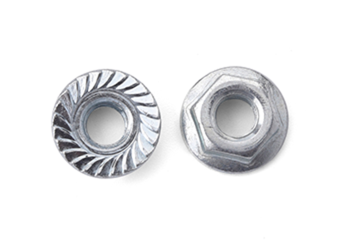Қар . 15, 2024 17:24 Back to list
bolt dimension
Understanding Bolt Dimensions A Comprehensive Overview
Bolts are essential components in a wide array of applications, serving as fasteners that secure various elements together in construction, machinery, automotive, and many other fields. One crucial aspect of bolts that must be understood is their dimensions. Bolt dimensions determine not only the strength and load-bearing capabilities of the bolt but also its compatibility with nuts, washers, and the materials it is fastening. This article delves into the various aspects of bolt dimensions, providing insights into their importance and how to select the right bolt for your needs.
Key Bolt Dimensions
The dimensions of a bolt can be broken down into several key components diameter, length, thread pitch, and head style. Each of these elements plays a significant role in the bolt's application and functionality.
1. Diameter The nominal diameter of a bolt is perhaps the most critical dimension. Bolt diameters are generally designated in inches or millimeters. Standard diameters (like 1/4”, 5/16”, etc.) and metric sizes (like M6, M10, etc.) are commonly used. Choosing the correct diameter is essential, as a bolt that is too small may not withstand the necessary load, while one that is too large may not fit the fastening application properly.
2. Length The length of a bolt is measured from the underside of the head to the end of the shank. This dimension must be selected based on the materials being fastened together and the thickness of the components. When determining bolt length, ensure that there is enough engagement in the nut or the threaded hole to maintain a secure fastening.
3. Thread Pitch Thread pitch refers to the distance between threads on the bolt. For metric bolts, the pitch is the distance between adjacent threads measured in millimeters (e.g., 1.0, 1.5, etc.). For imperial bolts, this may refer to the number of threads per inch. Understanding thread pitch is crucial for selecting the right nut or other fastening components, as mismatched threads can lead to stripped threads and structural failure.
bolt dimension

4. Head Style The head style of a bolt can vary significantly and includes options such as hex head, square head, and socket head. Each head style has different applications and may require specific tools for installation. For example, hex heads are common because they allow for easy tightening with a wrench, while socket heads can be tightened with an Allen wrench, which is useful in tight spaces.
Importance of Bolt Dimensions
Choosing the right bolt dimensions is critical for several reasons. Properly sized bolts ensure that joints can bear the intended loads without failure. In mechanical applications, the wrong bolt size can lead to catastrophic failures, safety hazards, and costly repairs.
Furthermore, bolt dimensions are often governed by industry standards, such as those set by the American National Standards Institute (ANSI), the International Organization for Standardization (ISO), or the American Society for Testing and Materials (ASTM). Adhering to these standards can help ensure quality and interchangeability among various components.
Conclusion
In summary, understanding bolt dimensions is integral to ensuring the safety and efficacy of any assembly. By paying close attention to the diameter, length, thread pitch, and head style, you can select the appropriate bolts for your projects. Whether you are working in construction, automotive repair, machinery assembly, or another field, ensuring that you have the correct bolt dimensions will help you achieve secure and reliable connections, promoting longevity and durability in your work. Always remember to consult relevant standards and guidelines, as they provide essential information to help you make the best choices when it comes to bolt selection.


